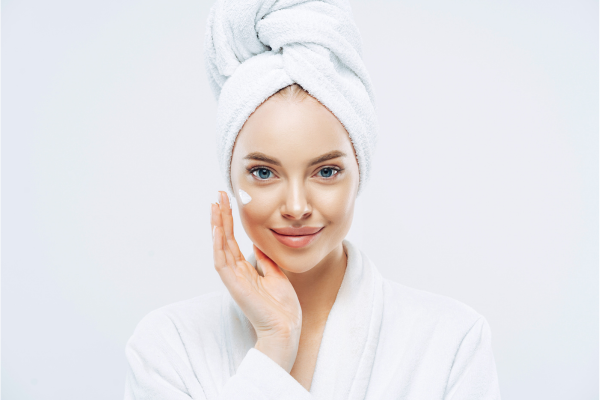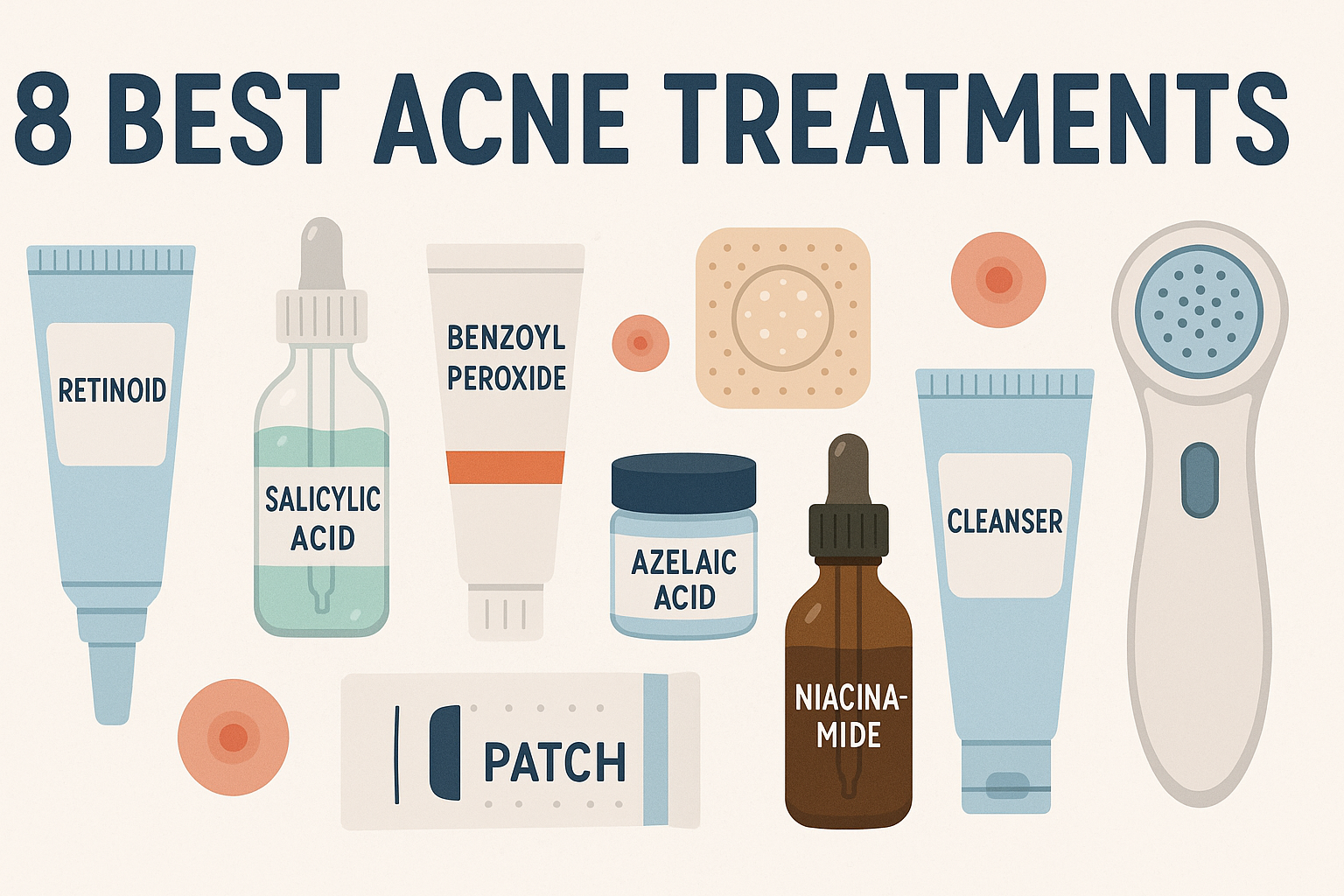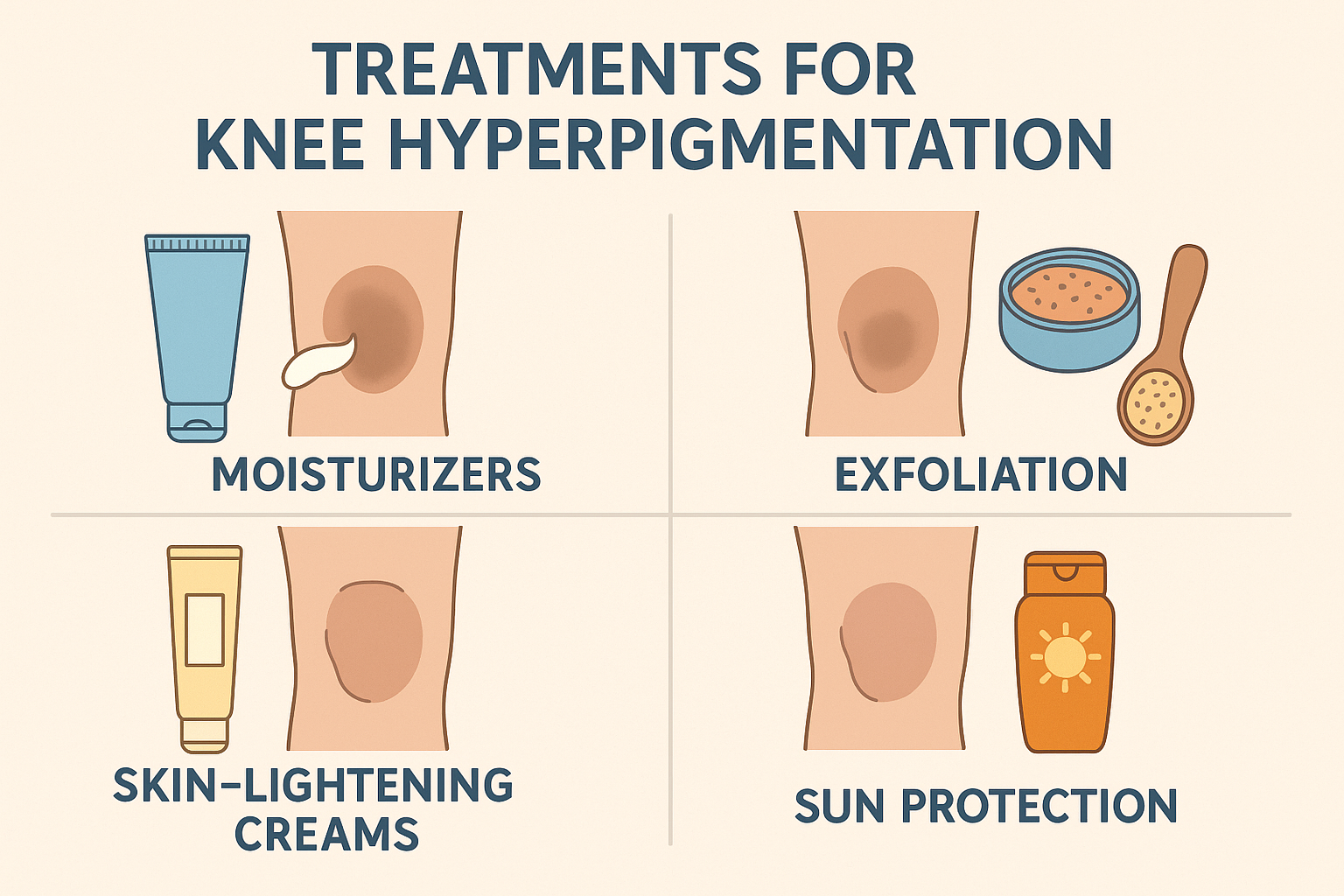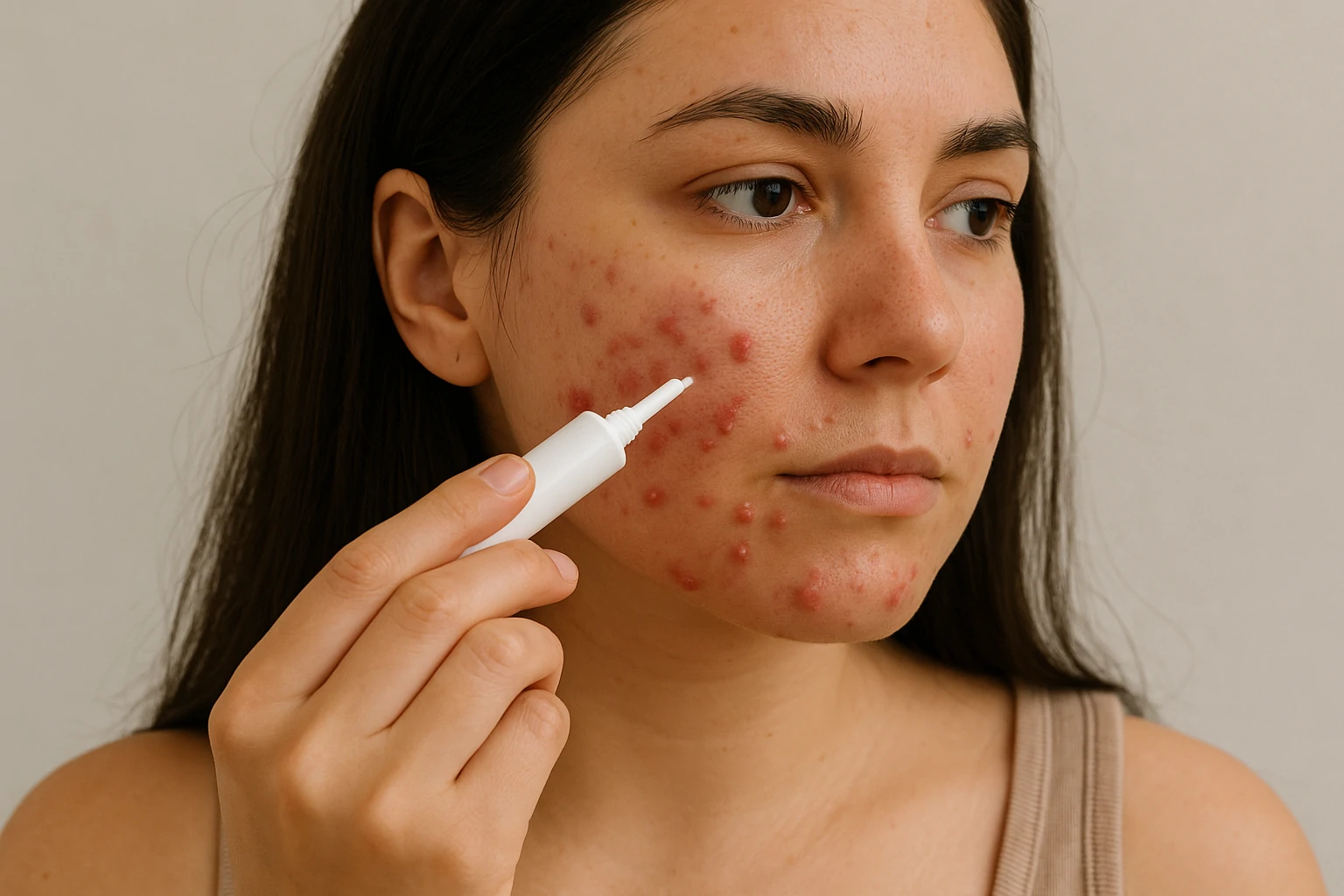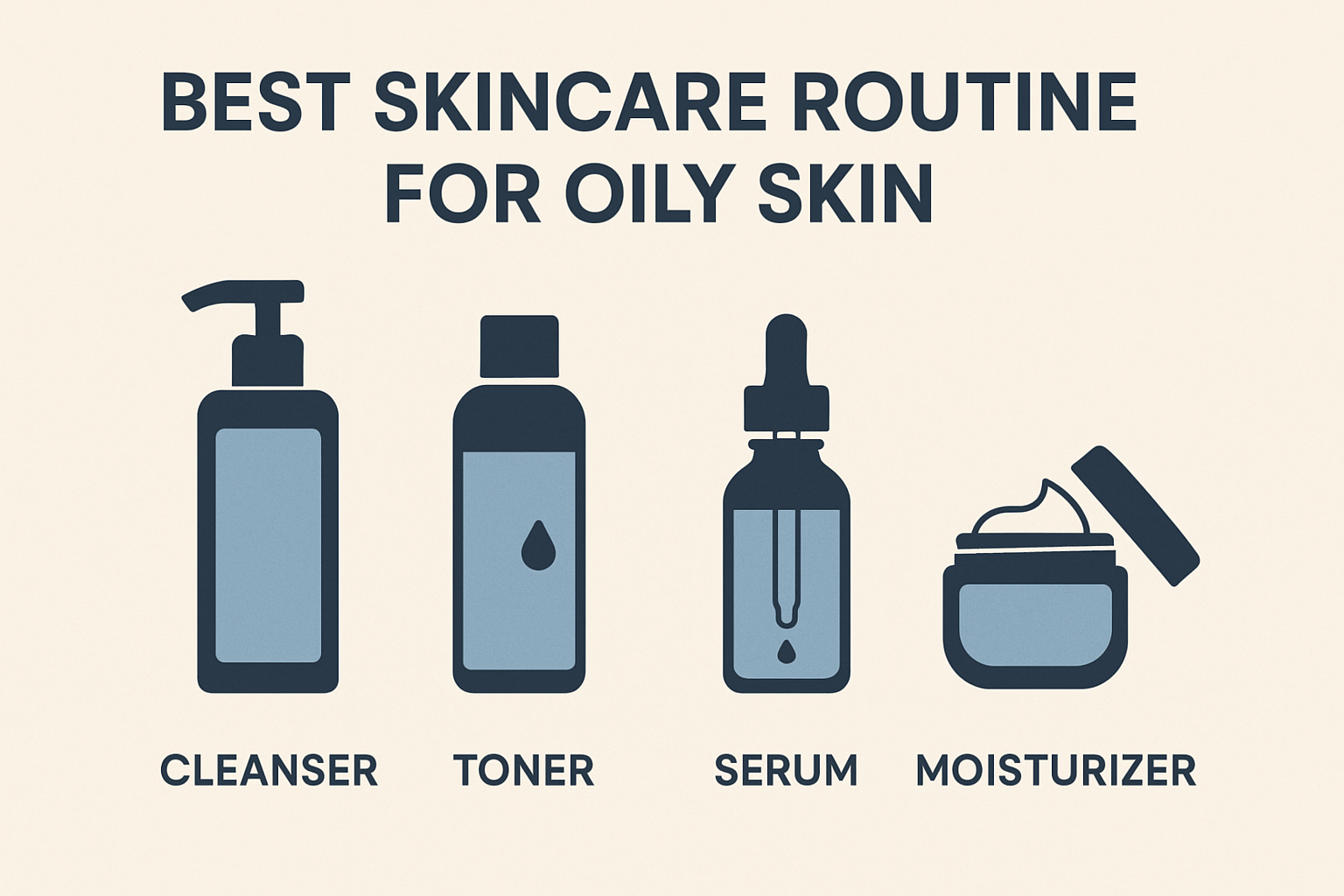Hyperpigmentation: Causes and Treatments by Derms

Hyperpigmentation is a common skin condition marked by dark spots or patches caused by excess melanin production. It typically appears on areas frequently exposed to the sun—like the face, neck, and hands. The primary triggers include sun exposure, aging, hormonal changes, and skin inflammation from acne or injuries. Understanding these causes is essential to choosing the right hyperpigmentation treatment that suits your skin’s needs.
A well-known type is post-inflammatory hyperpigmentation (PIH)—dark marks left after inflammation, more prevalent in medium to dark skin tones due to more active melanocytes. Other contributing factors include genetics and the use of harsh cosmetic products.
Effective treatment starts with identifying the root cause. Topical ingredients like niacinamide, kojic acid, retinoids, and vitamin C can help brighten the skin and even out tone. Just as important is daily sun protection—broad-spectrum sunscreen is a must to prevent further pigmentation.
Consulting a dermatologist is a smart move. They can tailor treatments to your skin type and condition. With the right approach and consistency, hyperpigmentation can be significantly reduced—revealing a clearer, more radiant complexion.
What Is Hyperpigmentation?
Hyperpigmentation refers to a skin condition where patches become darker than the surrounding skin due to excess melanin—the natural pigment that gives skin its color. It can affect anyone, regardless of skin type, age, gender, or ethnicity.[1Cleveland Clinic: Hyperpigmentation]
According to dermatologist Dr. Sturnham, hyperpigmentation often appears as freckles or larger sunspots. Clinically, it’s categorized as localized (small, scattered patches) or diffuse (wider areas of discoloration). Though it’s not harmful, it can impact self-confidence and overall skin appearance.
Common causes include sun exposure, inflammation, and hormonal changes. Recognizing the type and cause of hyperpigmentation is essential to choosing the right treatment and preventing it from worsening.
What Causes Hyperpigmentation?
Hyperpigmentation results from an overproduction of melanin triggered by both internal and external factors. Melanin determines your skin, hair, and eye color, and its excess can lead to uneven skin tone.
Diffuse hyperpigmentation may be linked to systemic conditions like Addison’s disease, hyperthyroidism, or iron overload. Certain medications can also cause pigmentation as a side effect.[2Lipsker D, Lenormand C. Hyperpigmentations [Hyperpigmentation]. Ann Dermatol Venereol. 2019 Oct;146(10):666-682. French. doi: 10.1016/j.annder.2019.05.005.]
Localized hyperpigmentation—more commonly seen—is typically caused by skin inflammation from acne, UV exposure, or irritation. These trigger melanocytes to produce more pigment as a defense response. Hormonal shifts during pregnancy or birth control use also play a role.
Knowing the underlying cause helps tailor treatments effectively and avoid unnecessary products or procedures.
Who’s More Likely to Experience Hyperpigmentation?
Some people are naturally more prone to hyperpigmentation, particularly those with medium to deep skin tones. This is due to more reactive melanocytes that respond strongly to triggers like inflammation or sun exposure.
As Dr. Sturnham explains, darker skin tones have more active pigment-producing cells, making them more susceptible to developing dark spots, especially post-acne or after irritation.
That’s why individuals with melanin-rich skin need to be extra cautious about sun protection and skin inflammation. Using gentle skincare, avoiding skin trauma, and daily sunscreen use can go a long way in minimizing risk.
Can Hyperpigmentation Be Prevented?
Yes—preventing hyperpigmentation is easier than treating it. The first step is to address skin injuries and inflammation early. Popping pimples, scratching bug bites, or peeling scabs can lead to excess pigment production due to inflammation.
Sun exposure is another major culprit. UV rays stimulate melanin production, so wearing broad-spectrum sunscreen (SPF 30 or higher) daily is essential. Opt for physical sunscreens containing zinc oxide or titanium dioxide for added protection.
Avoid using retinol during the day as it increases sun sensitivity. Instead, incorporate pigment-regulating ingredients like niacinamide or tranexamic acid into your routine to keep melanin in check and prevent future discoloration.
How to Treat Hyperpigmentation Effectively
Treating hyperpigmentation requires a personalized, multi-step approach. Since it’s influenced by genetics, hormones, environment, and more, a one-size-fits-all solution rarely works.
Topical treatments with ingredients like niacinamide, vitamin C, retinoids, and tranexamic acid can gradually lighten dark spots and even skin tone. For deeper or more stubborn cases, clinical procedures like chemical peels, laser therapy, or microneedling can enhance results.
Post-inflammatory hyperpigmentation in darker skin tones can be more persistent, but it can be visibly reduced with patience and consistency. The key is combining the right ingredients and professional treatments while protecting skin from further damage.
1. Protecting Your Skin from the Sun
Shielding your skin from UV rays is a vital step in both preventing and treating hyperpigmentation. Sun exposure triggers melanocytes—pigment-producing cells—to ramp up melanin production, making dark spots worse. As Dr. Sturnham emphasizes, daily sunscreen use is the foundation of any effective pigmentation care routine.
Choose a broad-spectrum sunscreen with SPF 30 or higher, and apply it even on cloudy days. Opt for formulas that combine mineral blockers like titanium dioxide with chemical filters such as ethyl salicylate to guard against both UVA and UVB rays. This not only protects your skin from new pigmentation but also supports fading existing spots.
Dr. Nazarian notes that sunscreen doesn’t just protect—it also promotes the skin’s natural recovery from hyperpigmentation. Lightweight formulas like EltaMD UV Clear SPF 46 are highly recommended for daily use. Consistent sun protection is a long-term investment in brighter, healthier, more even-toned skin.
2. Use Targeted Topicals: Retinol, Niacinamide, and Prescription Creams
Topical treatments play a crucial role in managing hyperpigmentation, whether over-the-counter or prescription-based. Retinol, a vitamin A derivative, is highly effective when applied at night. Concentrations between 0.5% to 1% promote cell turnover, boost collagen production, regulate oil, and inhibit melanin activity—helping fade dark spots. Choose opaque packaging to maintain ingredient stability, like Shani Darden Retinol Reform.
Also consider skin-brightening agents like niacinamide (vitamin B3) and panthenol (vitamin B5), known for calming inflammation and improving tone. Serums like Topicals Faded blend niacinamide with azelaic acid for visible results in tone and texture.
Avoid harmful bleaching agents not recommended by dermatologists, as they can cause irritation or scarring. For stubborn spots, see a dermatologist who may prescribe kojic acid or hydroquinone—potent ingredients used under professional supervision.
3. Exfoliate Regularly to Fade Dark Spots
Regular exfoliation helps accelerate skin renewal and fade pigmentation by removing dead skin cells. Dr. Nazarian recommends gentle chemical exfoliants to promote cell turnover and reveal brighter skin beneath. Ingredients like vitamin C and glycolic acid not only smooth texture but also boost radiance. A great option is Revision Vitamin C Lotion 30%, offering antioxidant protection and skin-brightening effects.
Physical exfoliation, when done gently, can also help. Techniques like microdermabrasion remove surface debris and stimulate new cell growth. Products such as Skinceuticals Microexfoliating Scrub use fine silica beads to unclog pores and refine texture without damaging the skin barrier.
However, over-exfoliating can cause irritation and worsen hyperpigmentation. Stick to a balanced routine—1 to 3 times per week depending on your skin—and always follow up with a moisturizer and sunscreen.
4. Consider Lasers and In-Office Treatments
For stubborn or severe hyperpigmentation, professional treatments offer deeper results. Consulting a dermatologist ensures you get a personalized plan based on your skin type and pigmentation issue.
Popular options include chemical peels, which exfoliate the top layer of skin and boost renewal. Dr. Wells suggests combining clinical peels with topical ingredients like retinol and brightening agents such as Arbutase. For conditions like melasma or PIH, dermatologists may also use prescription retinoids and azelaic acid.
Dr. Nazarian recommends treatments like VI Peel and Fraxel laser for more intensive results. Meanwhile, Dr. Sturnham highlights laser combinations like Clearlift Q-switch and AFT, which target pigment deposits deep in the skin.
Note: Laser treatments must be performed by experienced professionals to minimize the risk of triggering new pigmentation. Patience and consistency are essential, as results often take time.
5. Visit a Dermatologist for a Tailored Hyperpigmentation Plan
If your dark spots don’t improve with at-home care, it’s time to see a dermatologist. A specialist can assess the severity and type of your hyperpigmentation and design a customized treatment plan.
Before undergoing any intensive procedures, professional guidance is crucial. Dermatologists can recommend the most effective mix of topical, oral, or in-office treatments that suit your skin’s specific needs.
With expert care, you minimize side effects and boost your chances of long-term improvement. Don’t go it alone—hyperpigmentation requires strategy, and a dermatologist is your best partner in achieving clearer, more even skin.
Conclusion: How to Successfully Treat Hyperpigmentation
Hyperpigmentation is a common skin concern, often triggered by UV rays, inflammation, hormones, or genetics. While not medically dangerous, it can affect self-confidence and appearance. The best strategy is prevention—through sun protection and gentle care of skin injuries.
When it comes to treatment, a combination of topical actives (like retinol, niacinamide, and azelaic acid), regular exfoliation, and sun protection can visibly fade dark spots. For deeper discoloration, in-office procedures like peels or laser therapy under expert care offer effective results.
The key to success? Consistency, patience, and the right strategy. With time and the right approach for your skin type, you can achieve a more even, radiant, and healthy complexion.
About the Author
M. Hariri is a business and beauty content writer with over five years of experience. He focuses on research-based skincare education and frequently collaborates with dermatologists. His work can be found in various national and international beauty publications.

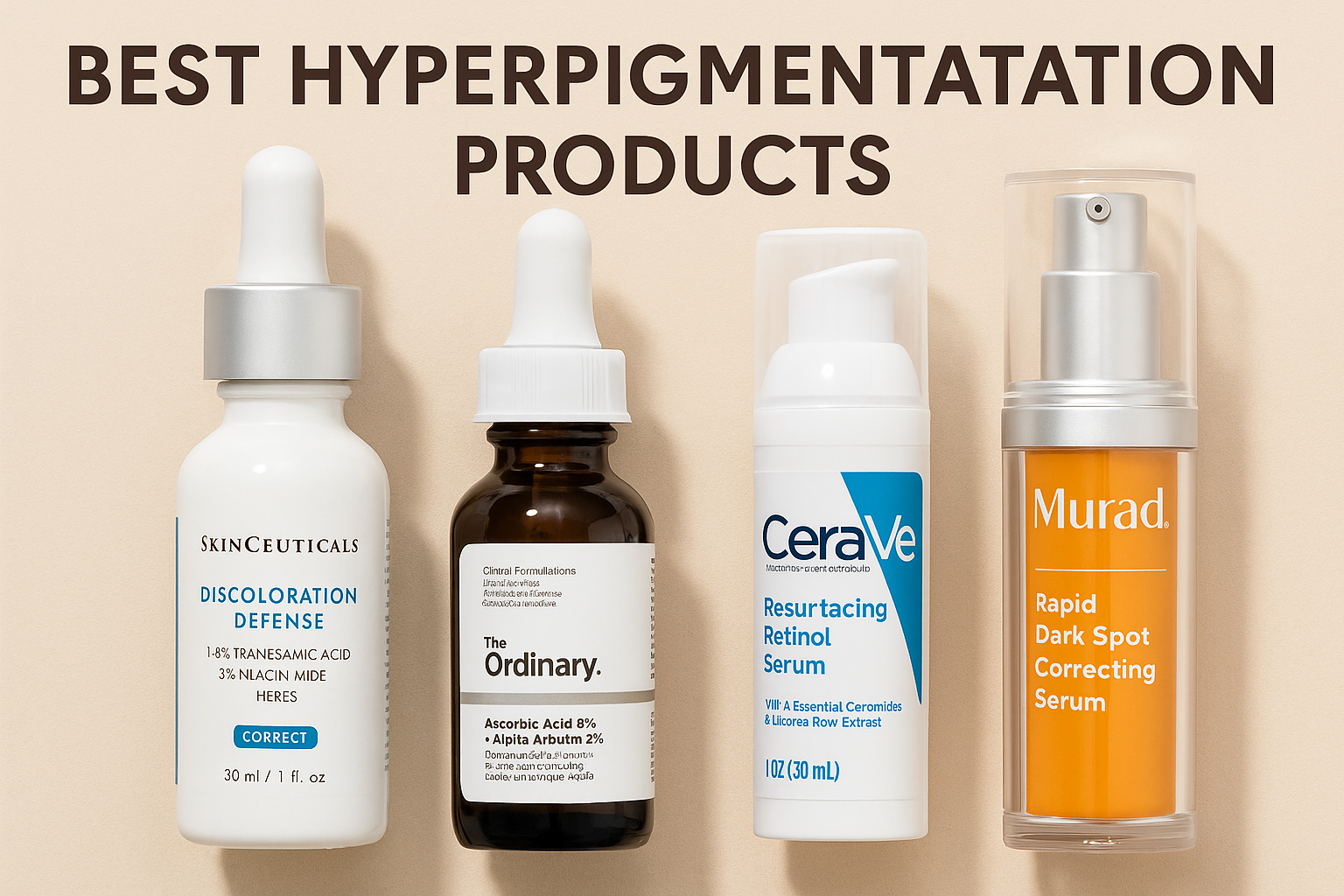




 Acne
Acne Anti-Aging
Anti-Aging Business
Business Digital Marketing
Digital Marketing Economics
Economics Movies
Movies Personal Finance
Personal Finance Websites
Websites
